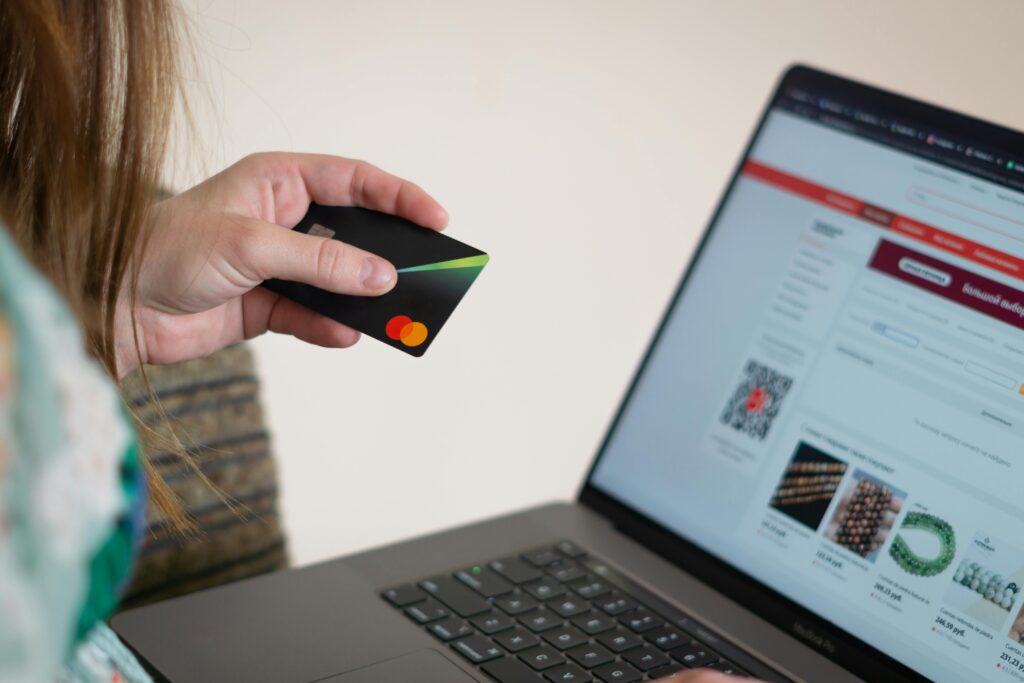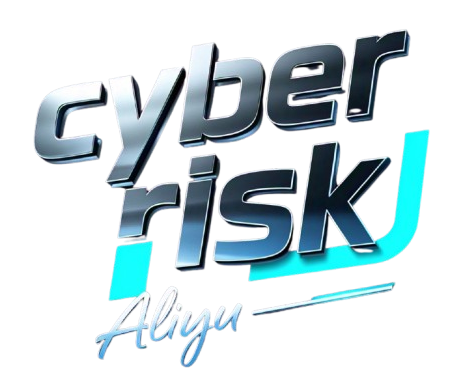Phishing attacks are evolving in 2025. Learn how to detect phishing emails, texts, and websites to protect yourself from identity theft and online scams.

🧠 Introduction:
Phishing is still one of the most dangerous and widespread cyber threats in 2025. Despite growing awareness, thousands of individuals and businesses fall victim to these attacks every day — often without realizing it until it’s too late.
Phishing is a type of online scam where cybercriminals impersonate legitimate organizations to trick people into sharing sensitive data, such as usernames, passwords, credit card numbers, or even Social Security numbers.
These attacks are no longer just poorly written emails — today’s phishing schemes can look shockingly realistic, and they come in many forms: emails, SMS (smishing), phone calls (vishing), and even fake websites.
In this guide, you’ll learn:
- The most common types of phishing attacks in 2025
- Real signs to watch out for
- Simple steps to help you avoid getting scammed
Let’s dive in.
🧪 What is Phishing?
Phishing is a cyberattack technique where the attacker sends fraudulent messages designed to trick a person into revealing confidential information. These messages appear to come from trusted sources like your bank, your boss, or popular services like Amazon, PayPal, or Microsoft.
🧨 Common Types of Phishing Attacks
1. Email Phishing
The classic format. You receive an email pretending to be from a trusted company asking you to click a link, reset a password, or confirm a payment.
✅ Warning Signs:
- Urgent language (e.g. “Your account will be suspended!”)
- Generic greetings like “Dear User”
- Suspicious links that don’t match the sender’s domain
2. Spear Phishing
A targeted attack where the scammer customizes the message using personal information (e.g. your name, job, company). These are harder to spot.
✅ Tip: Always double-check internal requests for fund transfers, password resets, or private data sharing — even if it seems to come from your boss.
3. Smishing (SMS Phishing)
Phishing via text message. You may get a message saying your package is delayed or your bank account needs verification.
✅ Tip: Never click suspicious links in texts. Go directly to the official app or website instead.
4. Vishing (Voice Phishing)
Scammers call you, often pretending to be from tech support, your bank, or even government agencies. Their goal? Get your details.
✅ Example: “We’ve noticed fraudulent activity on your card. Please confirm your account number.”
5. Clone Phishing
The attacker creates a near-identical copy of a legitimate message you’ve received before — but swaps the link or attachment with a malicious one.
🛡️ How to Identify a Phishing Attempt
Here are the key red flags:
- Urgency or threats (“Act now or your account will be locked.”)
- Unexpected attachments or links
- Incorrect domain names (e.g., amaz0n.com instead of amazon.com)
- Bad grammar and typos
- Requests for sensitive data via email or text
- Too good to be true offers (e.g., “You’ve won $1,000!”)
✅ How to Protect Yourself in 2025
- Don’t Click on Suspicious Links
Hover over links to see the real URL. If something feels off, don’t click it. - Verify the Sender
Check the email address closely — not just the display name. A spoofed email may look like it’s from your bank but actually come from a strange address. - Use Two-Factor Authentication (2FA)
Even if your password gets stolen, 2FA adds another layer of protection. - Educate Yourself and Your Team
Phishing training helps everyone recognize threats before they act on them. - Report It
Forward suspicious emails to reportphishing@apwg.org or report to your company’s IT/security team. - Keep Devices and Apps Updated
Security patches help defend against known vulnerabilities scammers often exploit.
💬 Real-Life Example
“I received an email from what looked like PayPal asking me to confirm a transaction I never made. When I checked the email address, it was a random Gmail account. Close call — but I reported it immediately.”
— Aliyu, Cybersecurity Blogger
🧾 Conclusion:
Phishing attacks are getting smarter, but so can you.
With awareness and a few good habits, you can easily spot the red flags and protect your identity, your finances, and your digital presence. Stay cautious, verify everything, and never share sensitive info unless you’re 100% sure it’s safe.







